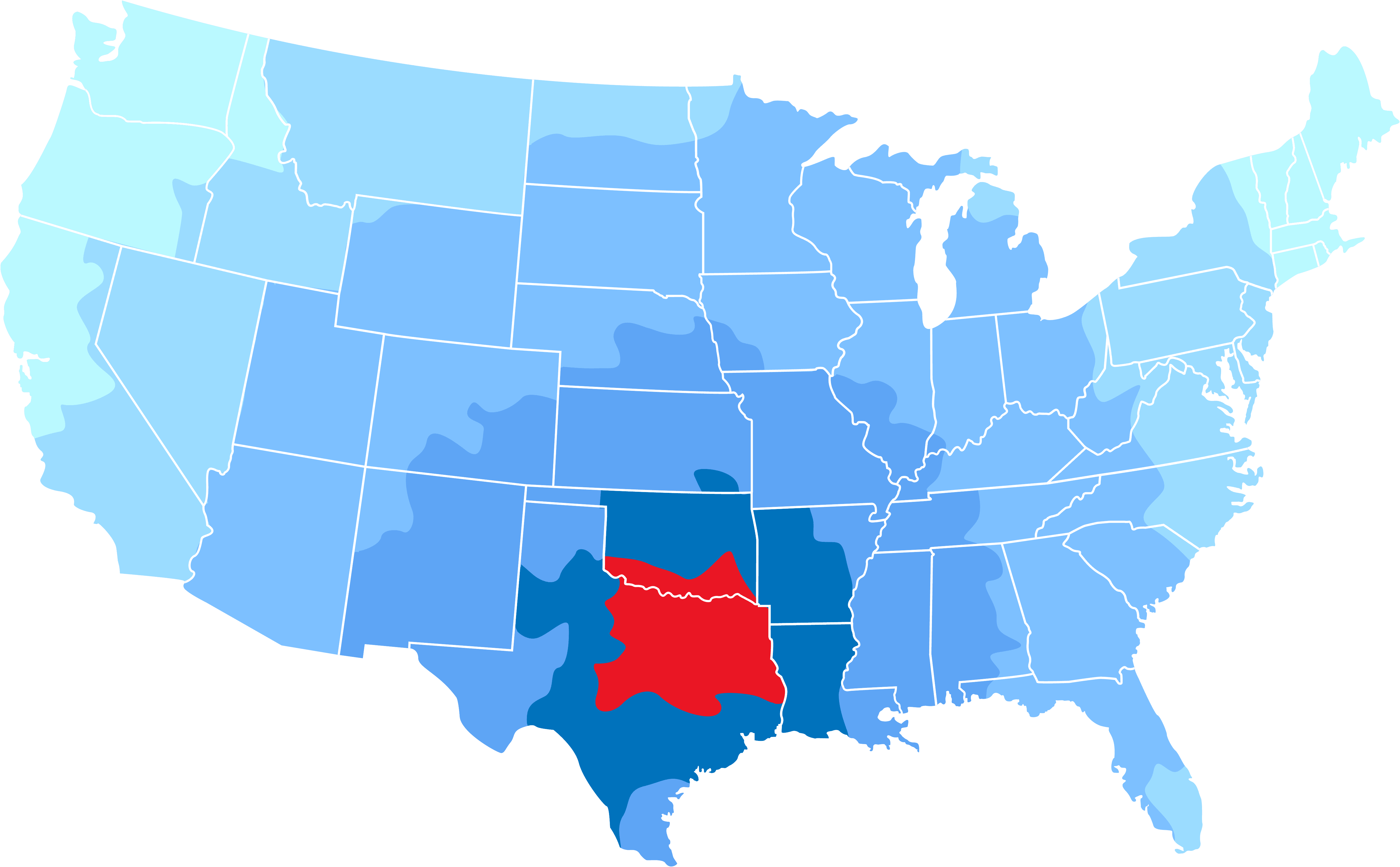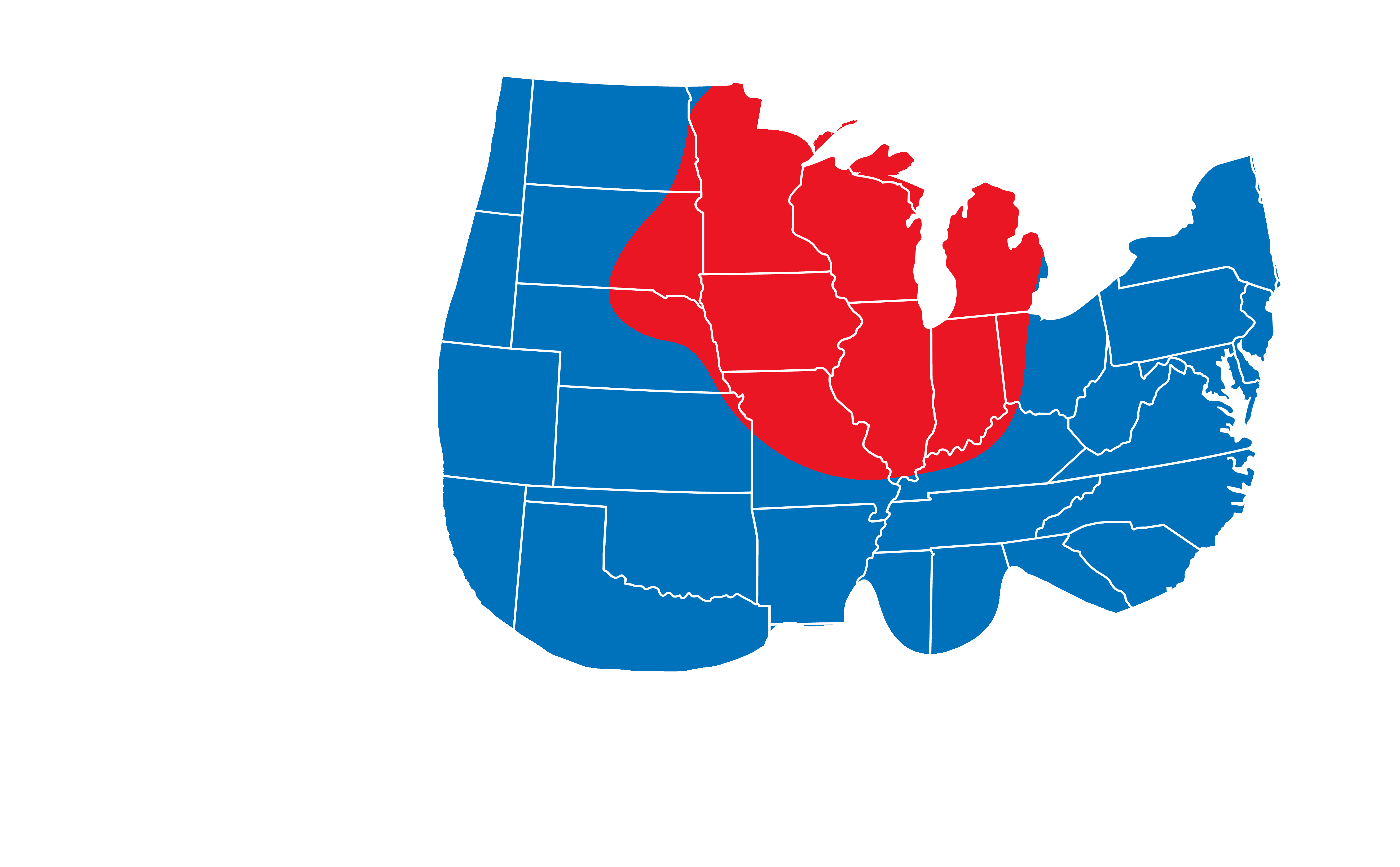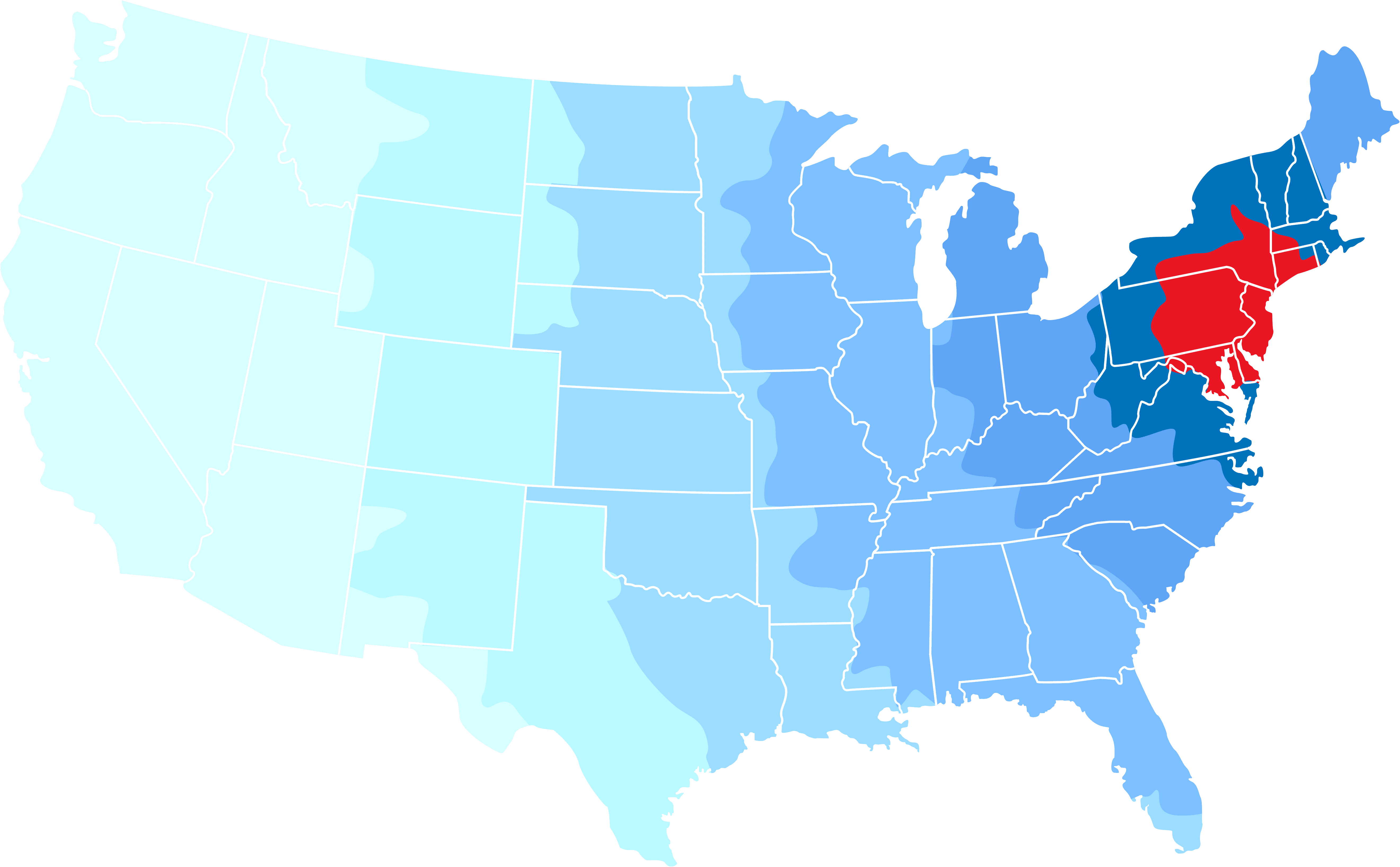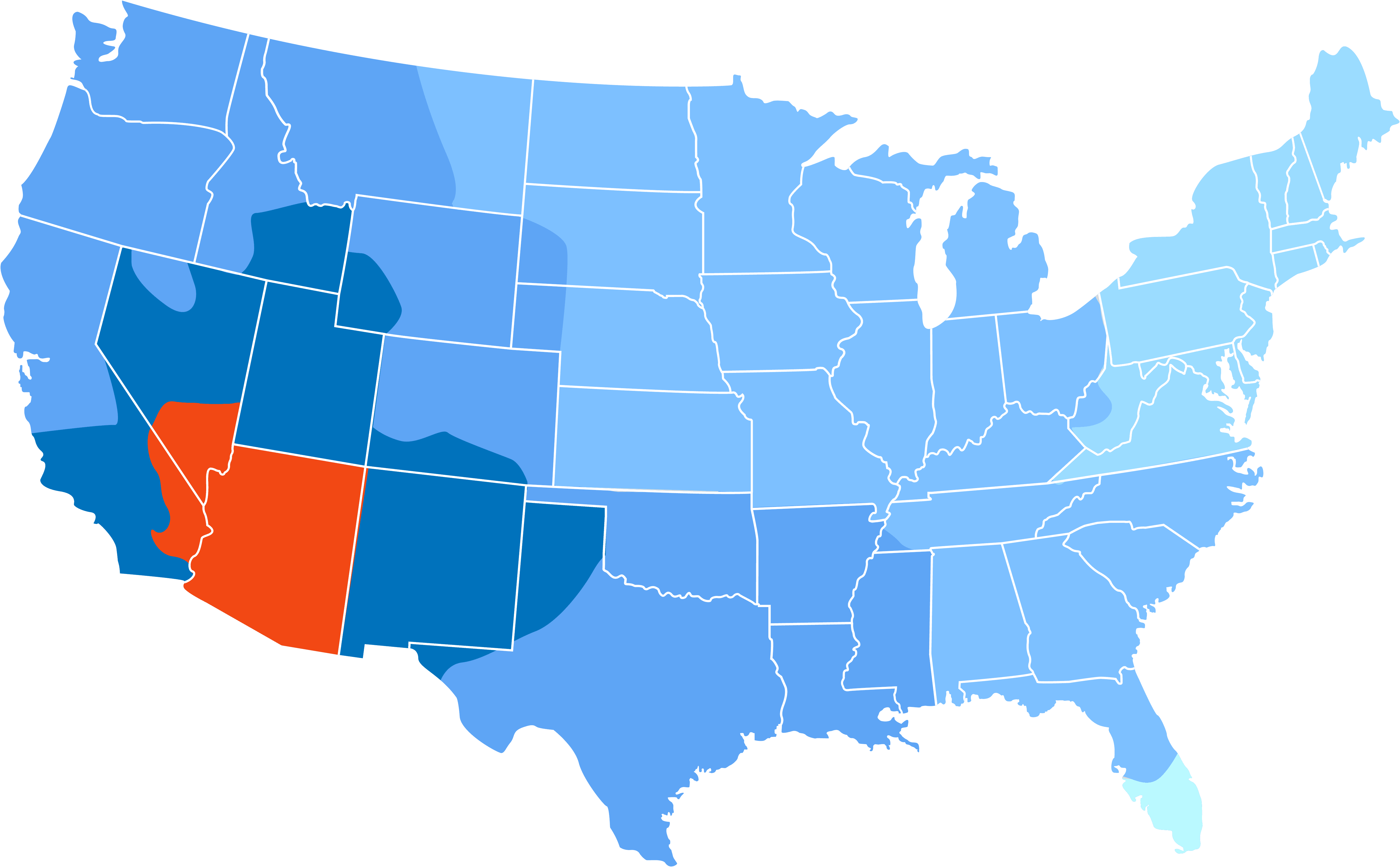Reduce Shipping Costs and Environmental Impact
Any brand faces a constant tension around growing its business and managing its complexity and costs. One example is how a company fulfills orders when items not in-stock — a.k.a. backorders.
Backorder fulfillment strategies can impact a brand’s revenue, logistics spend, and even its environmental impact.
Imagine Ditka’s T-Shirt Co.’s top customer, Billy, places an order for three shirts (Bulls, Bears, and Cubs). Due to hysteria surrounding the Cubs’ promising 2024 start, the shirts have flown off the shelf and there are none left to fulfill Billy’s order. What are Ditka’s options for how to handle this situation from a backorder perspective? There are three common ways Ditka’s could handle this using order allocation logic.
Backorder Cancellation
First, Ditka’s can cancel the Cubs shirt from the order, send the remainder to Billy, and refund Billy for the Cubs shirt. This is logistically the cleanest and likely minimizes the brand’s carbon footprint. Unfortunately, it also means Ditka’s loses potential revenue. Because of this, many brands won’t accept this option.
Delayed Shipment
Another path is to put the Cubs shirt on backorder, and ship the entire order once the Cubs gear is finally re-stocked. The advantage to this is that the order revenue is (hopefully) still realized, and Ditka’s only has to pay to ship a single package. On the downside, if the order takes too long to ship, Billy may become displeased or disinterested and cancel the entire order. Revenue loss in that circumstance is severely compounded. In addition, many brands like Ditka’s elect to expedite the order once all product is in stock in order mitigate the customer’s delay — this comes with extra cost, and depending on the expedited service, additional environmental impact.
Partial Shipment
Finally, Ditka’s may elect to place the Cubs shirt on backorder but ship the two in-stock shirts immediately. When the Cubs shirt is replenished, Ditka’s will ship Billy a second package. This option theoretically ensures the best customer experience while hopefully capturing revenue from the backordered product. The significant disadvantage is that Ditka’s now must pay to ship two packages instead of one, effectively doubling the cost of the fulfillment process. Imagine Ditka’s generates $60 from the sale of the three shirts and would ordinarily pay $3 in pick/pack costs and $10 to ship the shirts together; that $13 fulfillment cost jumps to roughly $26 in this scenario just by virtue of how Ditka’s chose to handle its backorders. A 22% decrease in margin! For many Ecommerce brands with thin margins, this probably means the order becomes unprofitable. If Ditka’s chooses to expedite the second package in order to reduce delay, the margin erosion will be even worse. This third option is also by far the least environmentally friendly, since the extra box and shipment increase the carbon footprint.
Choosing the Right Approach for Backorder Fulfillment
The right choice for how your company handles backorders will depend on your customers’ expectations, your desire to capture revenue, and your company’s objectives. Luxury brands may take the third option given customers expect high quality service and shipping as a percentage of the order value is lower. Lower cost brands may elect to stay away from multiple shipments, unless they want to take a loss to retain the customer and/or grow revenue. A brand with sustainability as a core value may also steer away from partial shipments.
The decision will also depend on your brand’s or your 3PL’s fulfillment software capabilities. An excellent order management system (OMS) is generally required to automate how inventory is pooled, how prioritization functions, and ultimately what orders are processed. For example, if your brand does both direct-to-consumer and business-to-business sales channels, do you want to create separate stashes of inventory for the two channels (which helps prevent one channel’s orders “stealing” from the other, creating backorders), or do you want to pick all orders from a unified inventory pool (which typically reduces storage costs, increases pick efficiency, and is what we consider true “omnichannel” fulfillment)? And when inventory is finally returned to stock, do you want to prioritize fulfilling orders for certain customers over others? At scale, doing anything like the above requires a robust OMS.
One final note – the best choice of all is to avoid backorders altogether! Good forecasting, inventory management, real time data transparency, proper integrations with your shopping carts, etc., are all critical to preventing backorder fulfillment. But for many brands, eliminating them altogether is not feasible, and a clear plan should be in place for how to deal with them.
Trust WSI for Seamless Fulfillment Solutions
WSI leverages world-class Warehouse Management System (WMS) and Order Management System (OMS) to provide unparalleled order fulfillment solutions. Our advanced technology enables real-time tracking of orders, inventory visibility, and precise SKU management. With automated cycle count programs, batch/lot tracking, and system-driven quality control measures, we ensure accuracy, compliance, and traceability throughout the entire fulfillment process. Additionally, our order allocation logic options allow brands to optimize their operations for efficiency and cost-effectiveness according to their (and their customers’) priorities.










